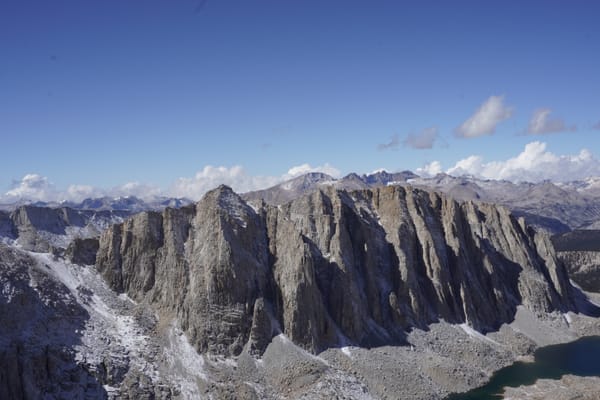What is the Pacific Crest Trail (PCT) - Miles

We first discussed undertaking the 2650 mile PCT while on a hike in San Luis Obispo, California, having known each other for less than 6 months. The PCT had always been on the horizon for me, something I loved the idea of doing, but had never had the impetus to really start. Around a year after we first mentioned it, it started becoming clear that it was something we were both seriously interested in pursuing. Every time we brought the idea up, we found that we were ready to take one step further towards the trail become a reality. Now, we are both stepped away from our careers, moved out of our house, and said goodbye to a wonderful chapter in San Francisco, nearly ready to start the trail.
What the PCT Is
The Pacific Crest Trail runs from the Mexican border up to Canada, crossing California, Oregon, and Washington. It climbs through desert, forest, and alpine country, including both the Sierra and Cascade mountain ranges. Officially designated in 1968, it follows a rough spine of mountains for 2,650 miles (although some assume it's a more coastal route, it's quite far inland!). The majority of hikers start at the southern terminus, and hike north (50 people per day), however we will be starting on the north end and hiking south (15 people per day) due to better timing. We plan to hike 20 - 25 miles per day, with a few rest days here and there to recover, resupply, and prepare to head back out on the trail.
Along our journey, we will cross through 7 national parks:
- North Cascades National Park (Washington)
- Mount Rainier National Park (Washington)
- Crater Lake National Park (Oregon)
- Lassen Volcanic National Park (California)
- Yosemite National Park (California)
- Kings Canyon National Park (California)
- Sequoia National Park (California)
The PCT is a mix of challenge and simplicity: every day you walk, carry your gear, eat your food, and solve whatever the trail throws at you. There’s no rush other than keeping ahead of winter’s snows.
